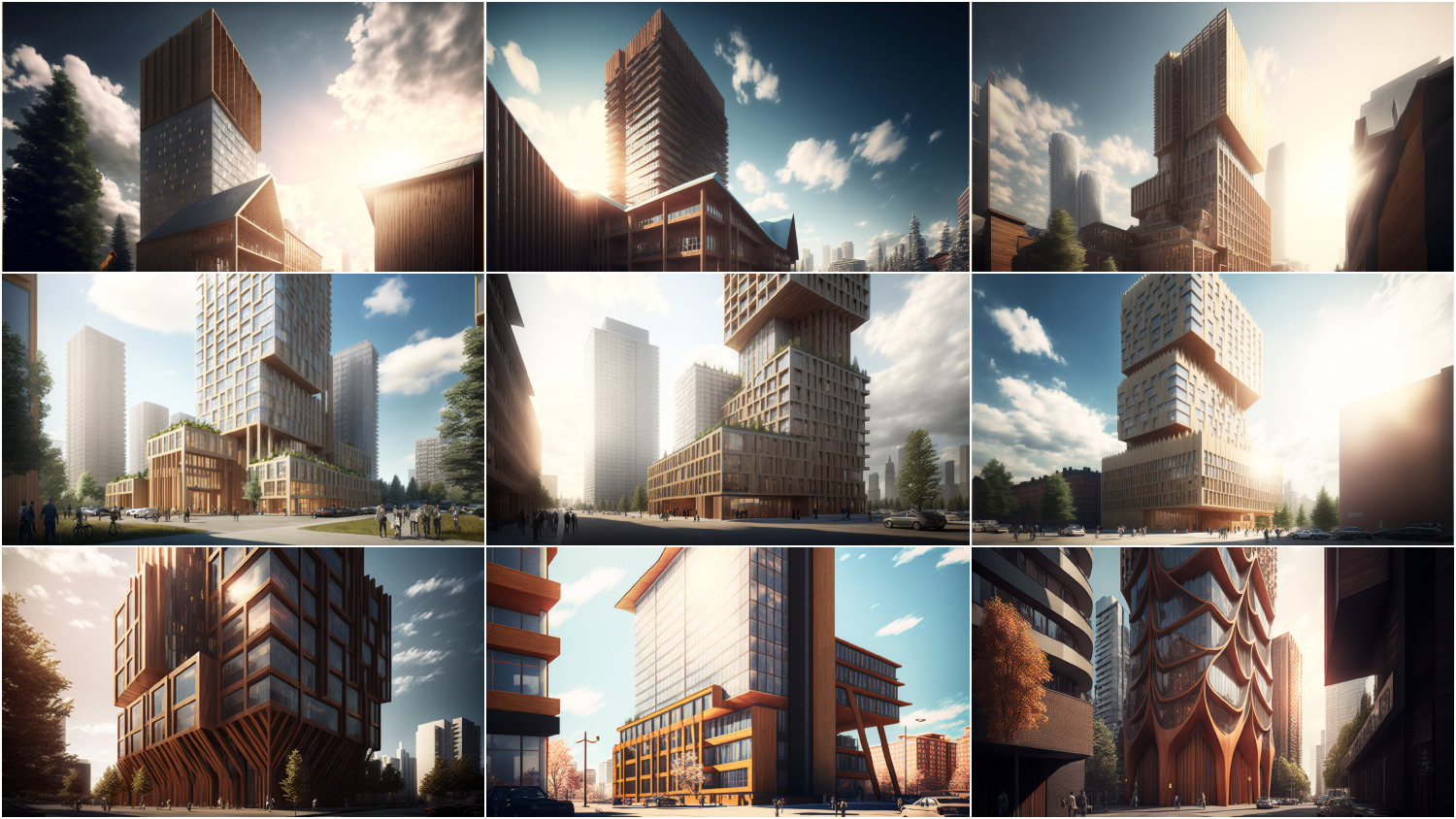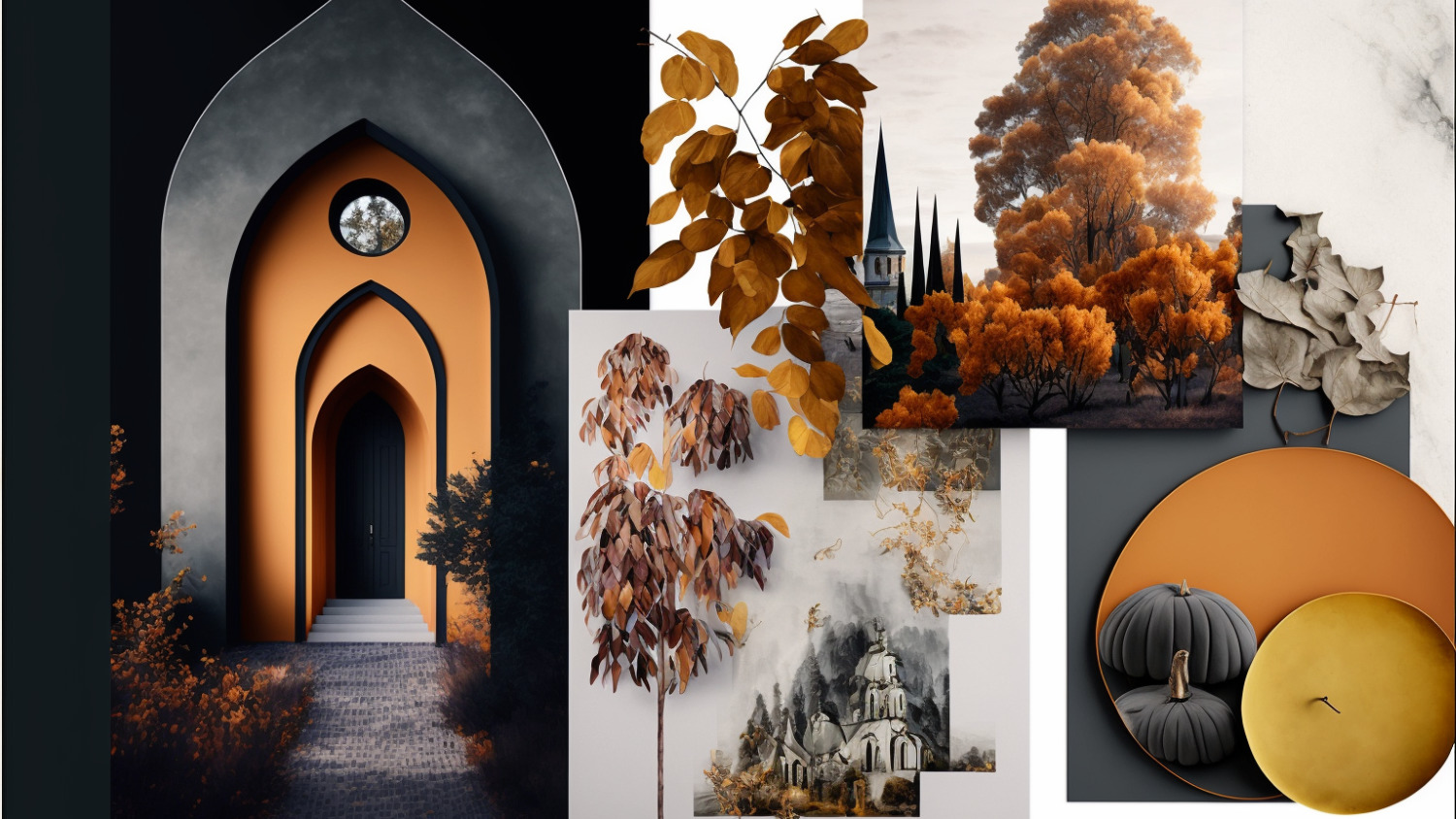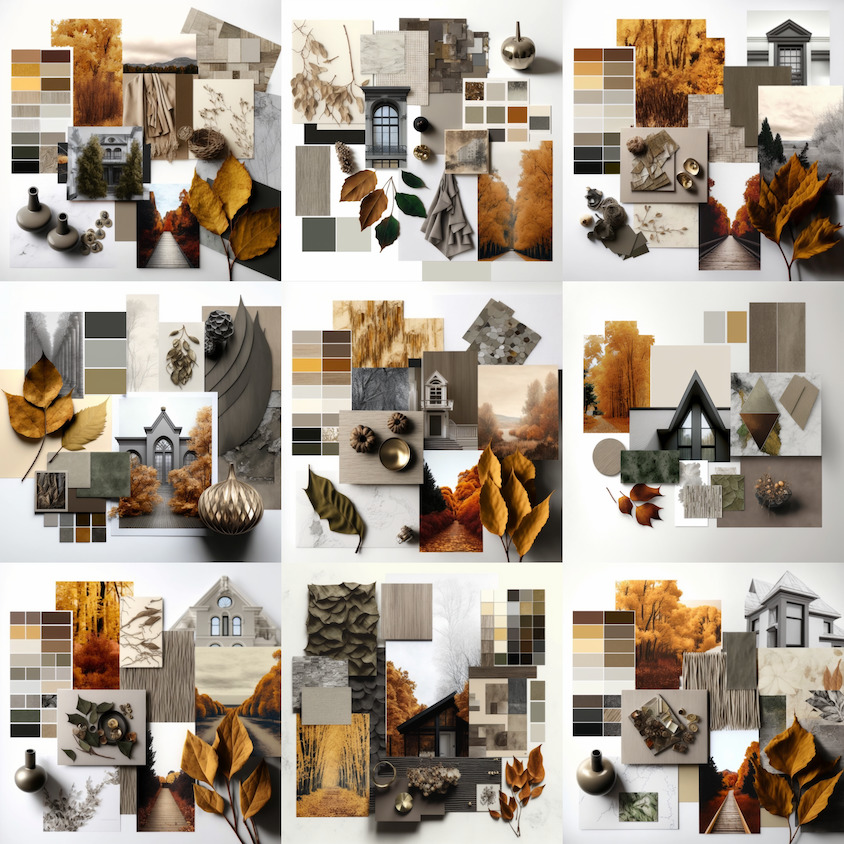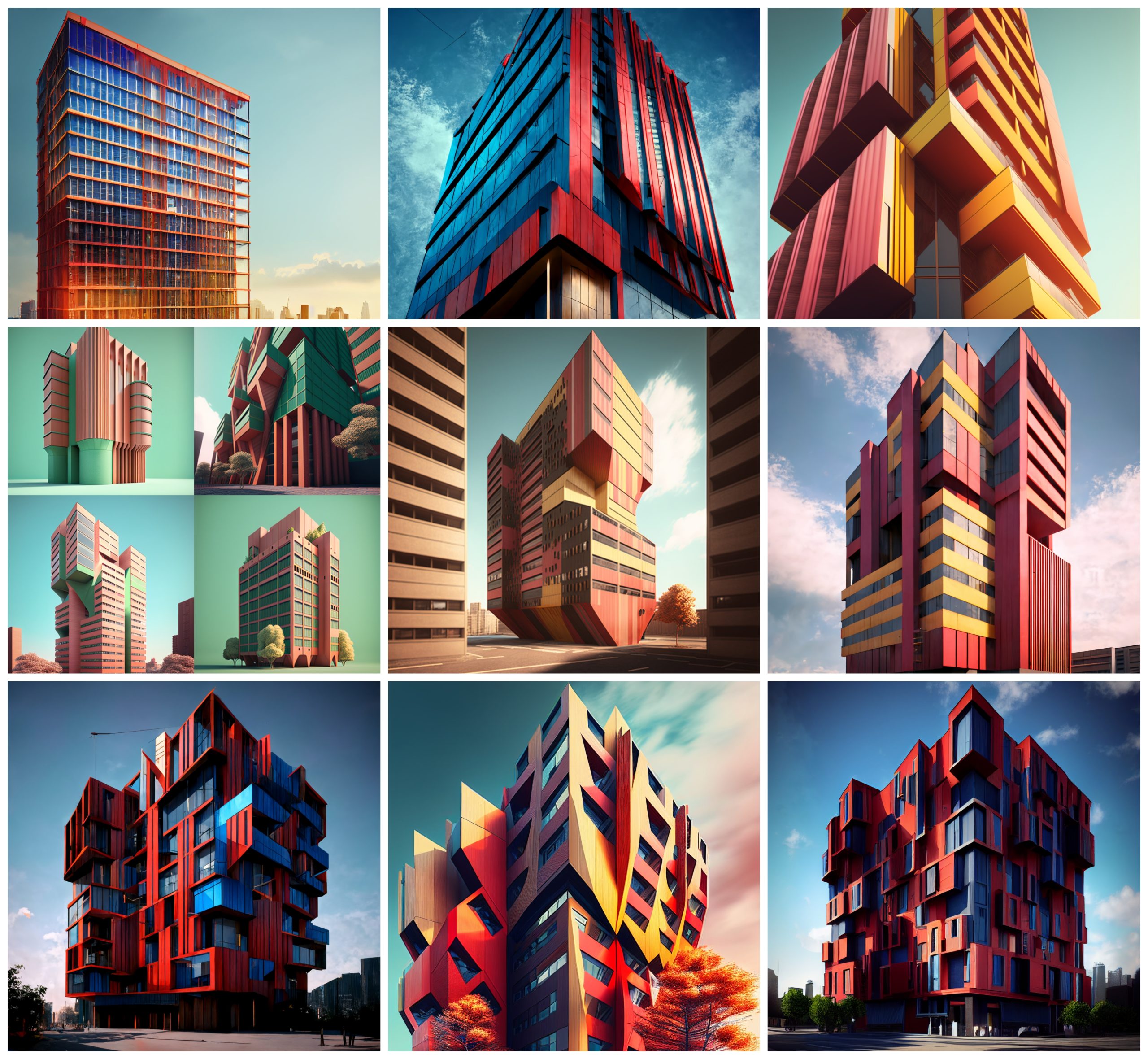
Are you tired of spending hours creating detailed sketches and models, only to have your clients ask for endless revisions? Are you ready to revolutionise the way you design and plan your projects? If so, then text-to-image AI may just be the answer you’ve been looking for, suggests Louis Trümpler.
Images generated by AI have recently become a popular topic in the industry: you don’t have to dig deep on Twitter to find those often very futuristic-looking pictures. These images are created using machine learning algorithms trained (by feeding the AI huge amounts of readily available image data and descriptions that often get added for those who are blind or visually impaired) to generate images from text prompts, or even to create new variations of existing images.
There are a few different companies and organisations already offering this as a service. Some are free, some not. Using them is pretty straightforward: you enter a text describing the image you wish to see and it appears promptly.
Stable Diffusion may be among the more popular platforms. But I chose Midjourney because it provides me with the most flexibility and customisation options to influence the generated pictures. It integrates with Discord, which is convenient for me, and it offers a nice public gallery.
Why are AI images relevant today?

“It is surprisingly easy to create mood boards that are often more diverse and varied than those made by humans.”
Probably the most promising use of AI-created visuals is as mood boards. These are collections of images that convey a particular feeling or atmosphere. They can be a helpful tool for architects or designers who want to quickly convey the intended aesthetic of a project to clients or stakeholders.
With the available technology, it is surprisingly easy to create mood boards that are often more diverse and varied than those made by humans. It’s great fun and, if needed, they can be quickly and easily updated as the project progresses. Just a little disclaimer for visual people: this presents high addiction potential!
Another interesting use for AI-generated visuals in the built environment that is feasible today lies in the very early stages of planning, where exploring different ideas and possibilities is essential for a project.
Text-to-image AI could quickly generate a wide range of potential design options. Architects and designers could then explore a much wider range of ideas and possibilities than would be possible with traditional methods. Instead of spending time and effort collecting and organising images from different sources, or creating detailed hand-drawn sketches, designers and planners might use algorithms to generate realistic and accurate pictures that are relevant to the project and its requirements.

AI working to studio style
Although a scary thought for some, training a model probably wouldn’t be too hard for an architectural studio. The model could reliably reproduce their distinctive style and spit out thousands of beautiful renderings when they text the algorithm that the client desires. Who knows, maybe this is already happening today.
The potential for AI in the industry seems truly vast: it is already possible to create relatively simple 3D building models with AI, allowing for much faster design work. And very soon, AI could produce full data-rich BIM models, leaving humans only on the outside of the process. Even though this seems very futuristic today, considering the current development velocity, it may become reality a lot sooner than many may believe.

Ethical considerations
However, there are also some potential challenges and ethical considerations surrounding the use of AI. One such issue is the question of censorship versus artist copyright. A lively Twitter debate followed the recent “self-censoring” by Stable Diffusion. It was intended to make images “safer for work”, but also prevents users from directly copying the style of a certain artist. Midjourney does not enforce such rules (yet?). I think it is problematic if we do not protect intellectual property of artists.
And while AI-created imagery can provide a valuable tool for exploring new ideas, it also raises questions about the extent to which AI-generated content can be considered original artwork, and whether it should be subject to the same protections as human-created content.

More collaboration and innovation
But overall, the use of AI-generated images in the industry seems like a very promising development that may have the potential to revolutionise the way we design and construct buildings. By providing a faster and more efficient way to produce visuals, images created by AI can help professionals save time and resources, while also providing new opportunities for collaboration and innovation. As AI technology continues to advance, we will likely see even more exciting developments in the use of AI at a very high frequency.
In a future world where AI can generate images or detailed models that are buildable and meet specific design criteria, the role of human designers and planners may ultimately shift from creating designs to evaluating and selecting from a range of generated options.
Considering where our involvement in this messy process has led us and our planet so far, I wonder if maybe this should have happened already.

Louis Trümpler is digital co-lead at WaltGalmarini in Switzerland.
Don’t miss out on BIM and digital construction news: sign up to receive the BIMplus newsletter.















